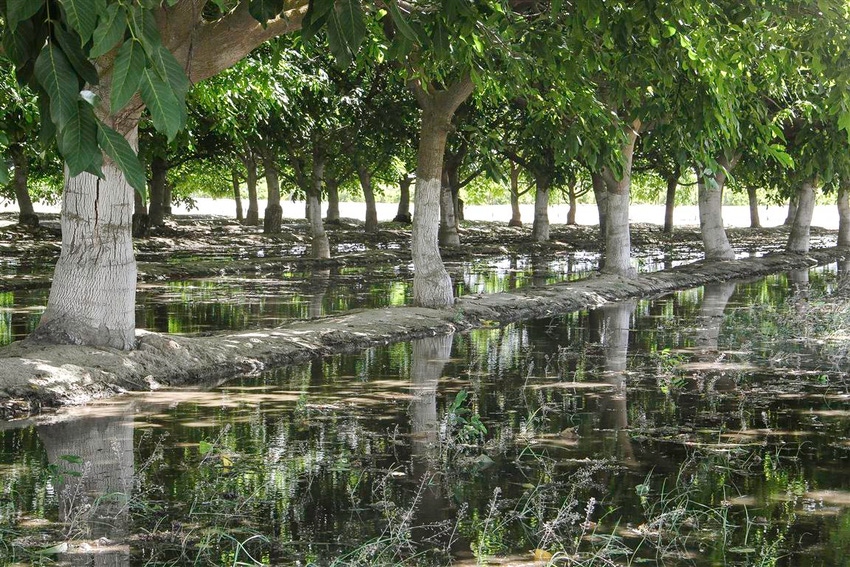
No real answer to nut drop in Howard walnuts
This is not the first time nuts from the Howard variety of walnuts have prematurely fallen from treesSome common factors in earlier cases of nut drop suggest possible causes specific to this variety that have nothing to do with blightHoward variety walnuts are grown primarily in California's Sacramento Valley

Joseph Connell has seen this problem before. In 2003 and again in 2011, walnuts from the Howard variety began falling to the ground in large numbers. It happened again in June.
Connell is the University of California Cooperative Extension county director and tree nut farm advisor in Butte County. While he is certain the large number of walnuts falling from Howard trees is not linked to blight, the reason the trees sometimes shed nuts ahead of harvest remains unknown.
There are some common denominators linked to the nut drop. It tends to happen only in the Howard variety when temperatures spike. Highs in California’s Sacramento Valley soared well past 100 degrees in June after a mild spring.
Data provided by Accuweather showed wide swings in high temperatures beginning June 1 in Chico. After a high of 67 degrees on May 27, the temperature rose to 100 degrees June 1 and 110 degrees June 8.
Two days later, the high in Chico was 73 degrees. These wide swings continued through the July 4 holiday.
Connell said, “It’s just the Howard that behaves like this. It’s likely a physiological response of this variety.”
According to Connell, by the third week of June young Howard walnut trees experienced a nut drop of 200-300 nuts per tree. The nuts were full size with the shells beginning to harden. Further inspection revealed discoloring within the nut, but blight was not evident based on university studies.
“The Howard problem was probably triggered by the heat spell we had in early June,” Connell said.
A report Connell wrote for The Almond Doctor website postulates that Howards are more susceptible to weather-related stress.
Another possible cause could be irrigation practices or the onslaught of wet weather, or a combination of both.
In 2003 and 2011, Connell said spring conditions were wet in the Sacramento Valley. This year, while it was predominantly dry, studies indicated that orchards with significant drop appeared to have been over watered.
Still, the presence of too much water is not completely conclusive, Connell says. While it may have contributed to aggravating the nut drop, not all soils sampled were saturated. Howard nut drop was observed on sandy soils that did not retain water.
With little understanding of this phenomenon, Connell admits there is little growers can do to prevent it at this point.
While Chandlers are still the predominant walnut variety in California, and certainly in the Sacramento Valley, growers over the years have added Howards to their orchards to spread out the harvest. Howards tend to harvest about a week ahead of the Chandler variety, Connell says, adding that both varieties produce good yields.
More news from Western Farm Press
Can spinach proteins save the U.S. citrus industry?
About the Author(s)
You May Also Like





